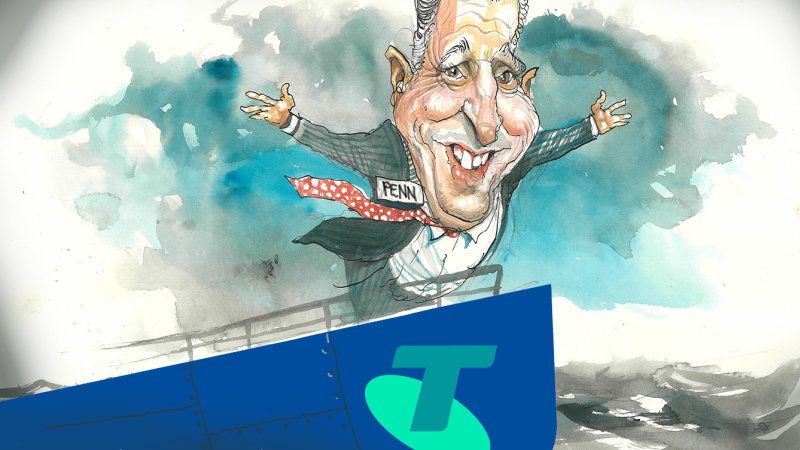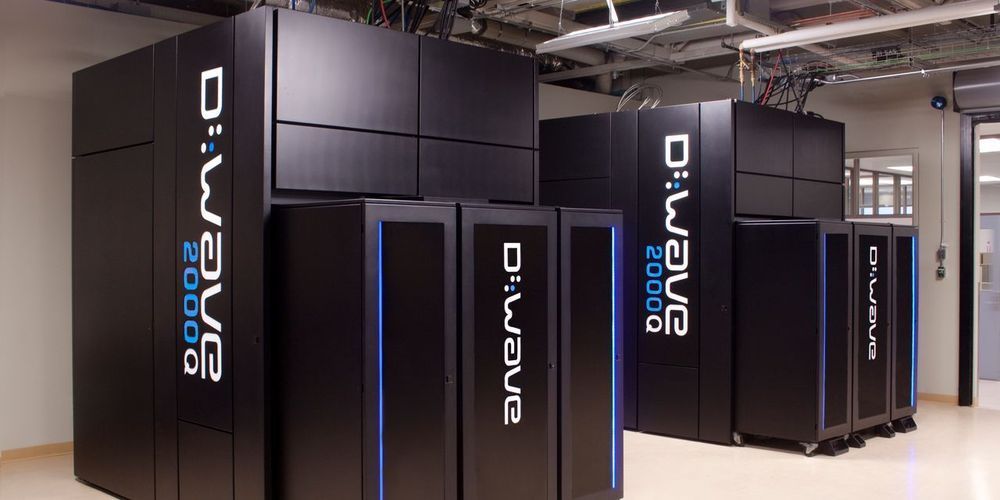He said many businesses would take the opportunity to ask the following question: What’s different about the way we are working now that has made us much more effective?
One of the CEOs said large businesses previously threatened by start-ups and disruptive new players could emerge from the crisis in a stronger position to compete because of the digitisation priorities imposed by the crisis.
Most of the CEOs who took part in the roundtable have operations overseas, including manufacturing operations, business process outsourcing, call centres and offshore IT centres.






 The effort, by the U.S. Army’s Advanced Energy Armaments Systems Division and Stellar Photonics, has a lot in common with another military laser project: the
The effort, by the U.S. Army’s Advanced Energy Armaments Systems Division and Stellar Photonics, has a lot in common with another military laser project: the 
